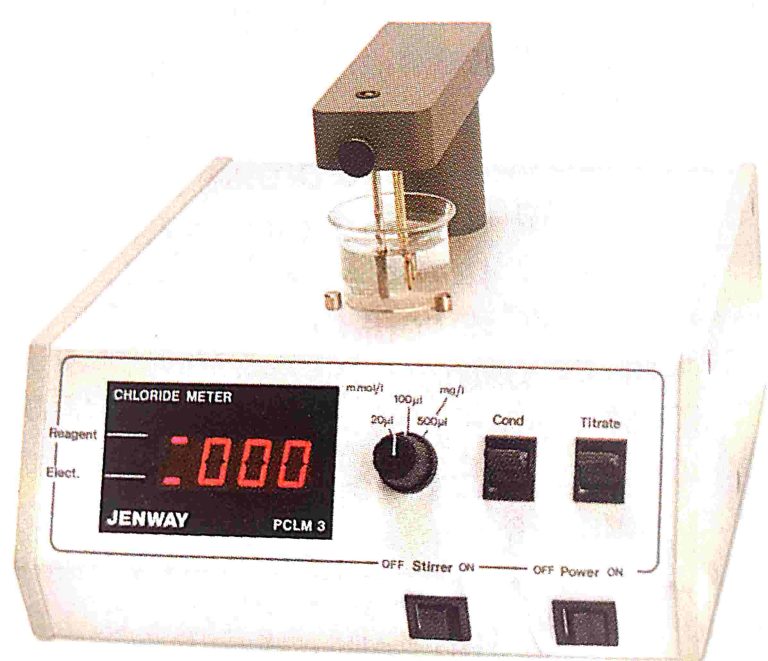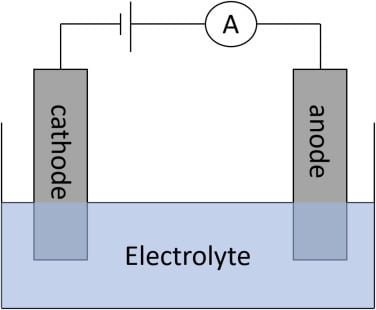Adsorption Chromatography
Adsorption chromatography is a separation technique based on the differential adsorption of components in a mixture onto a stationary phase. Here are some detailed notes on adsorption chromatography:
Principle:-
Adsorption chromatography relies on the affinity of analytes in a sample mixture for a solid stationary phase. The stationary phase, often a porous material like silica gel or alumina, adsorbs analyte molecules based on their interactions with the surface. Components with stronger interactions are retained longer on the stationary phase, leading to separation.
Components:
1.Stationary Phase:-
Typically a solid support material, such as silica gel or alumina, with a large surface area and specific surface chemistry.
2. Mobile Phase:–
A solvent or solvent mixture that carries the sample through the stationary phase. The mobile phase interacts differently with analytes, affecting their retention and elution.
3. Column: –
The stationary phase is packed into a column, through which the mobile phase flows, facilitating separation.
4. Detector: –
Various detectors can be used to monitor analyte elution, such as UV-Vis absorbance, fluorescence, or mass spectrometry.
Modes of Adsorption Chromatography:
1. Normal Phase Chromatography:-
The stationary phase is polar (e.g., silica gel), and the mobile phase is nonpolar. Polar analytes are retained longer in the stationary phase.
2. Reverse Phase Chromatography: –
The stationary phase is nonpolar (e.g., C18-bonded silica), and the mobile phase is polar. Nonpolar analytes are retained longer in the stationary phase.
3 Ion Exchange Chromatography: –
The stationary phase carries charged functional groups, which interact with analytes based on their charge.
4. Affinity Chromatography:-
The stationary phase contain ligands that selectively bind to specific analytes based on biological interactions, such as antigen-antibody or enzyme-substrate interactions.
Applications:
Purification:-
Separation and purification of natural products, pharmaceuticals, and biomolecules (e.g., proteins, peptides, nucleic acids).
1. Analysis: –
Quantitative and qualitative analysis of complex mixtures in fields like pharmaceuticals, food and beverage, environmental monitoring, and forensic science.
2. Preparative Scale: –
Scaling up to isolate large quantities of pure compounds for further study or commercial use.
Advantages:
Versatility: –
Different stationary and mobile phase combinations allow for a wide range of separations.
Sensitivity: Suitable for trace-level analysis.
Selectivity: Ability to tailor separations based on analyte properties and interactions.
Scalability:-
Suitable for both analytical and preparative scale separations.
Challenges:
Sample Overload:-
Saturation of the stationary phase with analytes, leading to poor resolution.
Solvent Compatibility:-
Some solvents may degrade the stationary phase or interfere with separation.
Matrix Effects:-
Interference from impurities or matrix components in complex samples.
Adsorption chromatography remains a valuable tool in analytical chemistry for its versatility, sensitivity, and ability to separate a wide range of compounds based on their interactions with the stationary phase.




